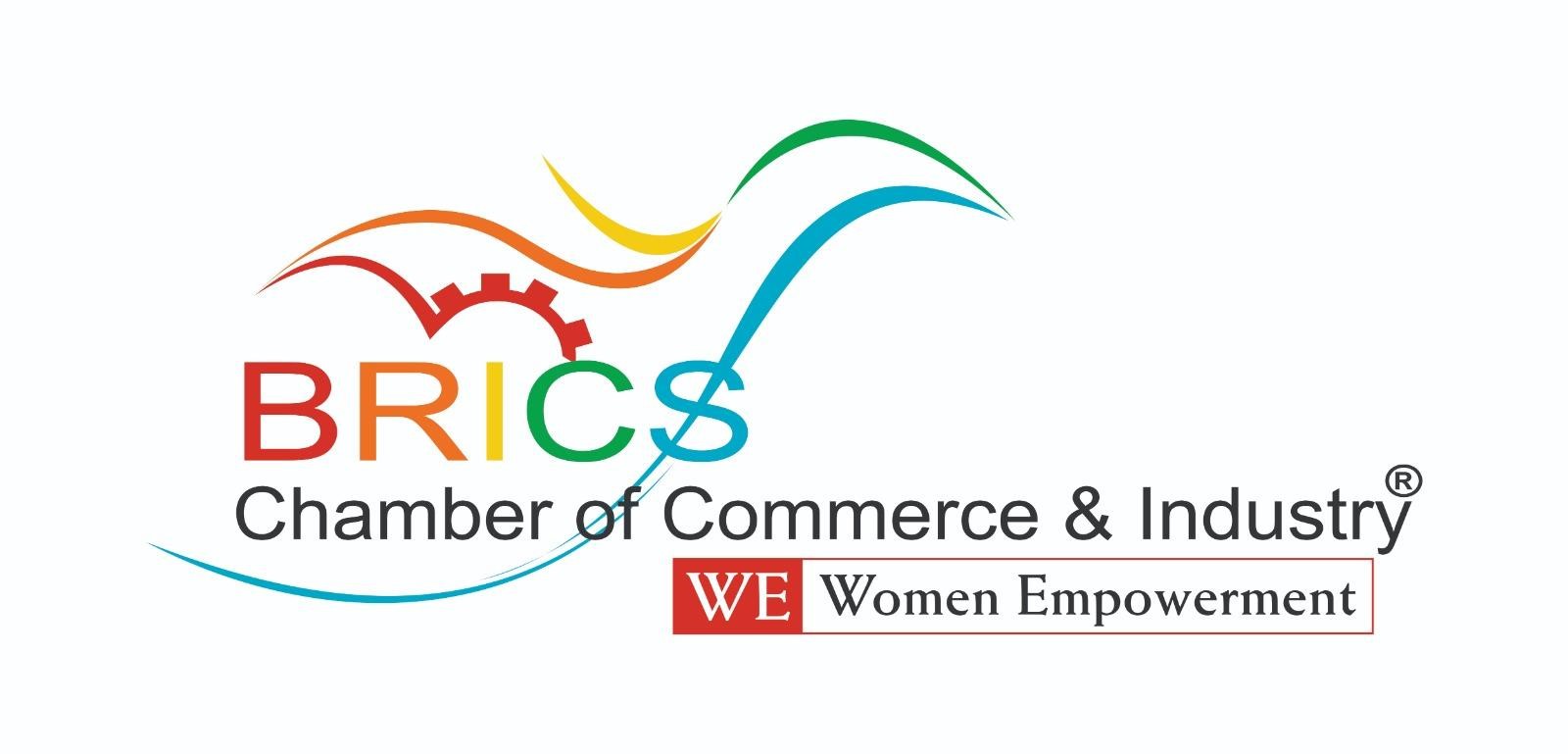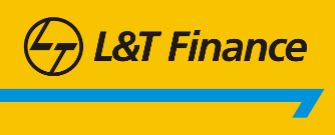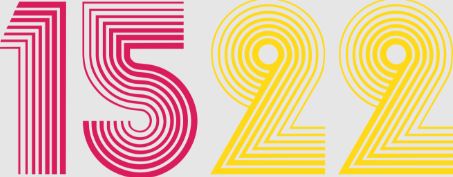[ad_1]
Most car models come and go, they sell for a few years, and in a country and market as large as India, several thousands hit the road. You forget about them once they’re gone. Previous owners might have some sentimental memories, but most cars are, for the large part, forgettable. There are few vehicles that become deeply ingrained to a nation’s road culture. There are of course some which do, the Maruti 800, the Hyundai Santro, and, the Toyota Innova.
You see it everywhere, from the school drop to the glass-exterior offices, from the downtown business hotel to the beachfront holiday resort. You cannot imagine not having the Innova around. You have probably sat in a few over the years on airport drops or the long drive to a hill station. Maybe a friend or family member owns one. And this isn’t just true in India, the Innova over the past two generations has been a best-seller across Southeast Asia as well. In Indonesia, Malaysia, Singapore and Thailand, this Toyota has become part of the motoring history of nations. Little wonder then that the Japanese carmaker, which only sells this car in Asia, has sold 2.6 million of them over two generations.
Also read: EQB or GLB, the three-row compact SUVs are sure to give Mercedes a winner
The third coming…
And now comes the third-generation Innova, a car that I just drove in and around the hills and lakes north of Bengaluru this past Sunday. While my review of the vehicle was embargoed until now, I could post images on social media. Not only did those posts go viral, I was inundated by phone calls from friends who wanted to buy the car. That does not happen when I drive fancy German cars around a racetrack or even on Delhi streets. Maybe an occasional call. But, and this is also a sign of my age, I got calls from lawyers, businessmen, doctors and fellow journalists who wanted to know about this car. One of them put it succinctly, “I’ve already booked it, just tell me if it is bad and I need to cancel it.” Short answer, no, it isn’t bad. In fact it is rather good. But it isn’t like the Innovas of the past. For multiple reasons.
First things first, this is the first Innova that is a monocoque instead of being a body-on-frame design. Without getting into a detailed technical answer, a ‘body on frame’, or a ‘ladder-frame’, is when a body that is attached to a strong frame acting like a skeleton. A monocoque is simply a construction method where the body frame is the load-bearing structure, like an insect’s exoskeleton. You would suppose that the latter method is not great. But advances in metallurgy, welding and robotics — a vehicle body shop is essentially hundreds of robots dancing around doing repetitive spot-welding with millimetre accuracy — has made monocoque construction dominant.
Even the new Land Rover Defender is a monocoque. So, it isn’t a surprise that the new Innova Hycross uses that technology. And as a result, it is over two hundred kilograms lighter than the previous generation Innova Crysta. And you feel that weight loss when you drive. The car feels lighter on the steering and around the corners as well. There is little body roll and it actually handles the corners very well.
Also read: Your car has more software than you think. And the manufacturer has the codes
…in hybrid avatar
Major changes don’t just end there. It is called the Innova ‘Hycross’ for a reason. The ‘Hy’ at the start of the sub-brand means the vehicle is hybrid, a car that can run on either the small battery pack or the 2-litre petrol motor. The system has a combined output of 137 kilowatts (around 184 horsepower). But a hybrid isn’t just about power, it is about efficiency too. After driving for a couple of hours and around 70 km, in a mix of highway, urban and rural driving, the Innova Hycross returned an incredible 17.5 km per litre of petrol. In fact, Toyota has said that the Automotive Research Association of India (ARAI), the nodal body that certifies vehicles, has said that the car will return 21 kilometers per litre. After driving several hybrid vehicles through 2022, I have no reason to doubt those numbers. In fact, in urban driving conditions, I don’t see why that number can’t be beaten by a disciplined driver (one who generally changes gears as per the rev counter).
Hybrid cars though, at least those available in India right now, are not what you would call peppy. While the Innova Hycross can go fast, it does get loud when you floor it and it takes time to get going. The top-end Hybrid variant also gets Advanced Driver Assistance Systems (ADAS) such as radar-assisted cruise control, lane departure warnings, automatic high-beam and collision warnings. But Innova buyers, at least private car owners, do not buy the Innova to ‘gun’ it. They buy it for the comfort and the spaciousness. And this one delivers on both fronts. The Hycross has a longer wheelbase than the Crysta and gains, at least in the specification we drove, a panoramic sunroof. I’m not a fan of sunroofs in India, but they sell.
And to make the top-end model — which many expect to cost just a shade under Rs 30 lakh — more appealing to potential buyers, Toyota have also added eight-way electric ottoman seats in the second row. Think of them like an old-school angled lie-flat airline seat. They are very comfortable, and since a vast majority of private Innova owners do not drive themselves (most of the time), it is a nice place to be in. The third-row is categorised as a three-seat bench, but it is not a place for an adult for long periods of time. It’s perfectly fine for the school/college drop. Toyota executives have said that versions of the Hycross will be available without ADAS and a bench in the second row.
The new Innova will also be available with petrol-only engines. We still do not know what sort of power output, or for that matter even what engine it will have. But we do know that the new Innova will not have a diesel option. Toyota is globally moving away from diesel motion, but Toyota Kirloskar Motor (TKM) has said that they will continue to produce the Innova Crysta with a diesel engine for the time being, keeping the commercial market happy for now. But for how long that will continue remains to be seen.
The third generation Innova comes days after the death of Vikram S. Kirloskar. Vikram was a fixture at all Toyota India events and unlike most other automotive joint-ventures in India that ended in acrimony, he shepherded a long partnership successfully, so much so that Toyota allowed Kirloskar to increase their stake in the company. Vikram Kirloskar also led industry bodies such as the Confederation of Indian Industry (CII) and the Society of Indian Automobile Manufacturers (SIAM), his smiling demeanour helping defuse many a volatile situation. To Geetanjali Kirloskar and their children, as well as the Kirloskar family, TKM and the larger Indian automotive space, my condolences. Om Shanti.
@kushanmitra is an automotive journalist based in New Delhi. Views are personal.
(Edited by Anurag Chaubey)
[ad_2]
Source link








